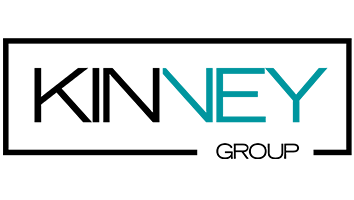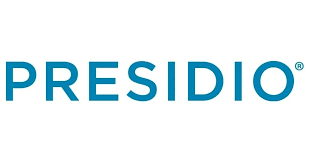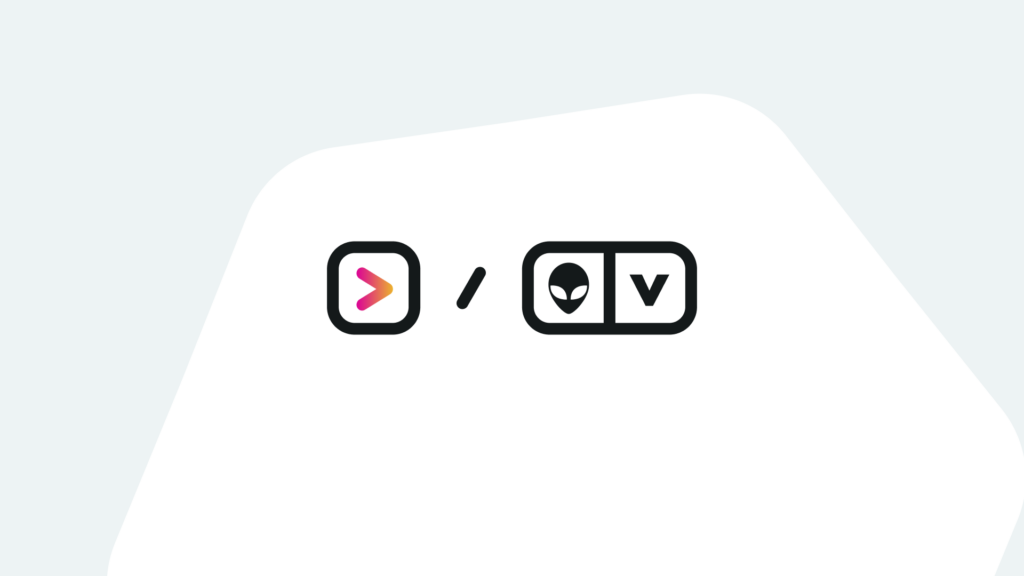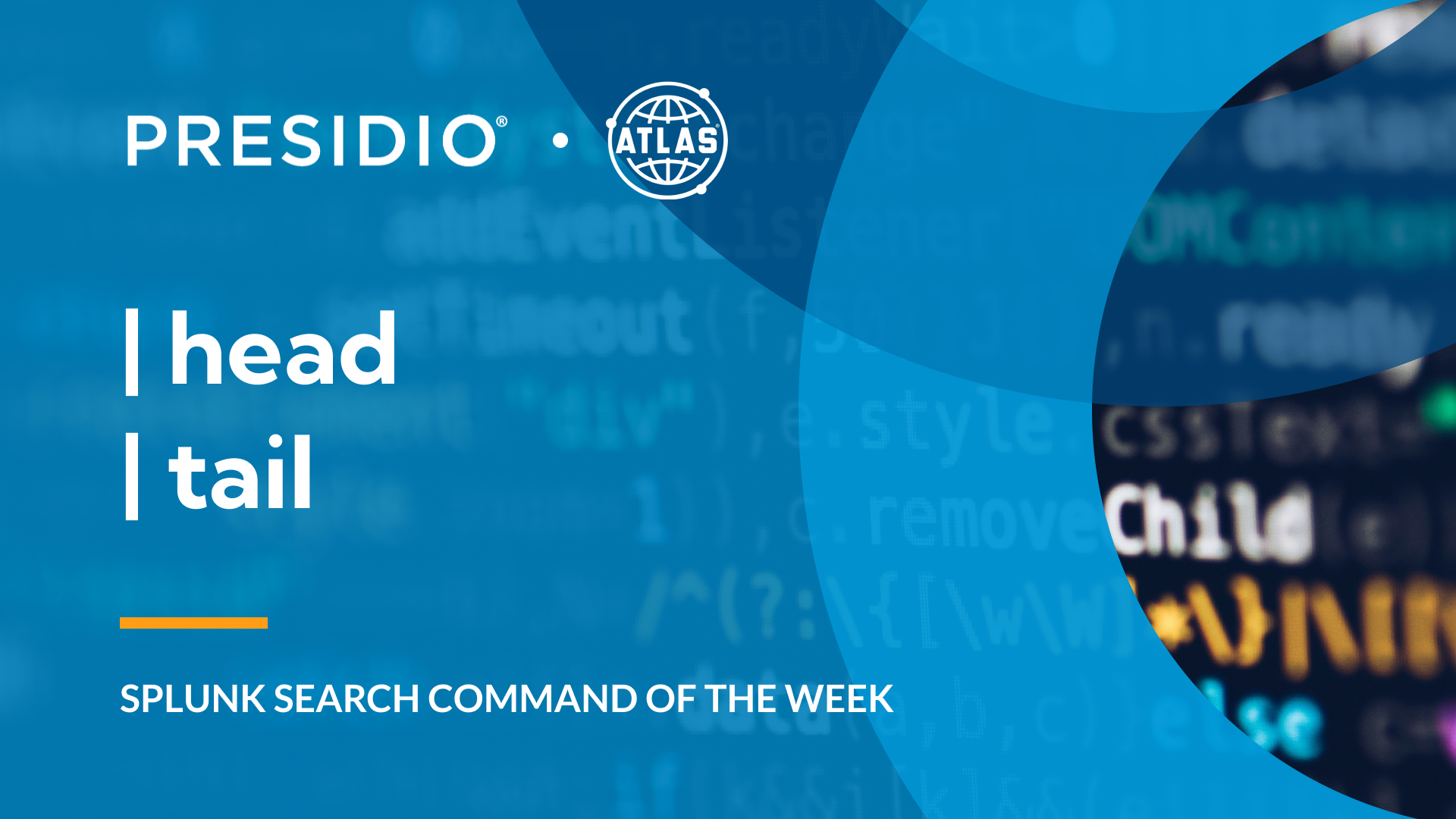Are you struggling to choose between Splunk and AlienVault for your organization’s data monitoring and security needs? In this article, we will delve into the key differences and similarities between these two popular platforms. By understanding their unique features and benefits, you can make an informed decision that aligns with your business requirements.
What is Splunk & AlienVault?
Splunk is a versatile data analytics and visualization platform that allows organizations to index, search, and analyze large volumes of machine-generated data. It caters to a wide range of industries and is particularly beneficial for IT operations, security, and business analytics. Splunk empowers users to gain valuable insights from their data and make informed decisions. Splunk’s Enterprise Security is a premium application chosen by many IT organizations to serve as their SIEM solution.
AlienVault is a comprehensive security management platform that combines security information and event management (SIEM) capabilities with threat intelligence and asset discovery. It helps organizations detect and respond to security threats, monitor network activity, and comply with regulatory requirements. AlienVault is designed to enhance the overall security posture of businesses.
The Benefits of Splunk and AlienVault
Both Splunk and AlienVault offer significant benefits, but the choice can come down to the particular needs of the organization. Splunk excels in its data analysis capabilities, providing powerful search and visualization features that allow users to uncover insights from diverse data sources, as well as its powerful SIEM capabilities. It offers flexibility and scalability, enables seamless integration with existing systems, and the ability to handle massive volumes of data.
On the other hand, AlienVault focuses primarily on security management and threat detection. Its unified platform consolidates security information, event data, and threat intelligence, providing real-time visibility into potential threats. AlienVault’s built-in threat intelligence sharing community and pre-built correlation rules enhance threat detection and response capabilities.
Benefit #1: Splunk – Holistic Data Insights
Splunk enables organizations to gain holistic insights from their data by indexing and analyzing machine-generated data from various sources. This allows businesses to uncover valuable insights, identify patterns, and make data-driven decisions. By leveraging Splunk’s advanced analytics and visualization capabilities, organizations can optimize their operations, improve efficiency, and enhance customer experiences, as well as bolster their security posture.
Benefit #2: AlienVault – Integrated Security Management
AlienVault offers comprehensive security management capabilities by integrating SIEM, threat intelligence, and asset discovery into a unified platform. This integration streamlines security operations, enabling efficient threat detection, incident response, and compliance management. With AlienVault, organizations can proactively monitor their networks, identify potential threats, and respond effectively to security incidents, reducing the risk of data breaches and minimizing the impact of cyberattacks.
Types of Splunk vs. AlienVault
While both Splunk and AlienVault offer a wide range of features and capabilities, they can be categorized into different types based on their primary functionalities. These include:
- Splunk: Data Indexing and Analytics
- Splunk Enterprise Security: Security Monitoring and Threat Detection
- AlienVault USM (Unified Security Management): Security Information and Event Management
- AlienVault OSSIM (Open Source Security Information and Event Management): Open-source SIEM Solution
How to Use Splunk and AlienVault
To leverage the power of Splunk or AlienVault effectively, here are the general steps to follow:
Step 1: Data Collection and Integration: ingest all of your data sources and ensure seamless integration with the platform.
Step 2: Indexing and Search: Define index settings and perform searches to retrieve specific data or insights.
Step 3: Visualization and Analysis: Utilize visualization tools and analytics features to gain meaningful insights from the data.
Step 4: Alerting and Reporting: Set up alerts and notifications based on predefined criteria and generate reports to communicate findings and trends.
Use Case Examples for Splunk and AlienVault
To illustrate the practical applications of Splunk and AlienVault, here are two use cases:
Use Case #1 – Splunk
Scenario: A financial institution wants to detect anomalies in their transaction data to identify potentially fraudulent activities.
Tools: Splunk, Data sources (transaction logs, customer data)
Step 1: Ingest transaction logs and customer data into Splunk for indexing.
Step 2: Define search queries and correlations to identify unusual transaction patterns.
Step 3: Utilize Splunk’s visualization capabilities to create dashboards and alerts for suspicious activities.
Use Case #2 – AlienVault
Scenario: An e-commerce company aims to strengthen its cybersecurity defenses and ensure compliance with industry regulations.
Tools: AlienVault USM, Asset discovery tools, Threat intelligence feeds
Step 1: Implement AlienVault USM to monitor network activity and collect security event data.
Step 2: Conduct asset discovery to identify and assess vulnerabilities in the network infrastructure.
Step 3: Leverage AlienVault’s threat intelligence feeds to detect and respond to potential security threats in real time.
Conclusion
Splunk and AlienVault both offer distinct features and benefits for organizations. Splunk empowers users with its advanced data analytics and visualization capabilities, enabling data-driven decision-making and operational optimization, as well as powerful security capabilities. AlienVault focuses on security management, threat detection, and compliance. Understanding the specific requirements of your organization and the desired outcomes will guide you in selecting the most suitable platform. Whether you choose Splunk or AlienVault, both can contribute to the success and security of your business.
If you found this helpful…
You don’t have to master Splunk by yourself in order to get the most value out of it. Small, day-to-day optimizations of your environment can make all the difference in how you understand and use the data in your Splunk environment to manage all the work on your plate.
Cue Atlas Assessment: Instantly see where your Splunk environment is excelling and opportunities for improvement. From download to results, the whole process takes less than 30 minutes using the button below:





